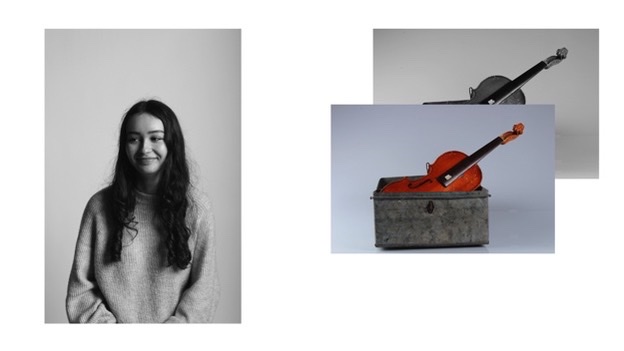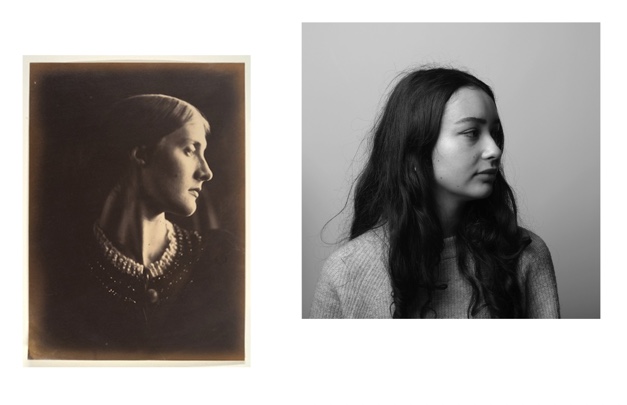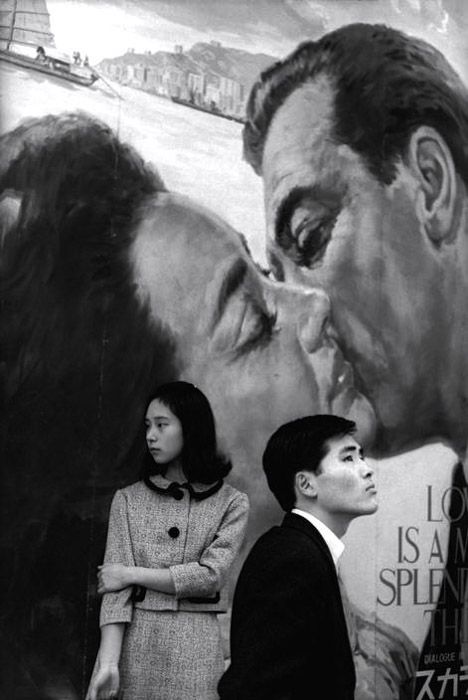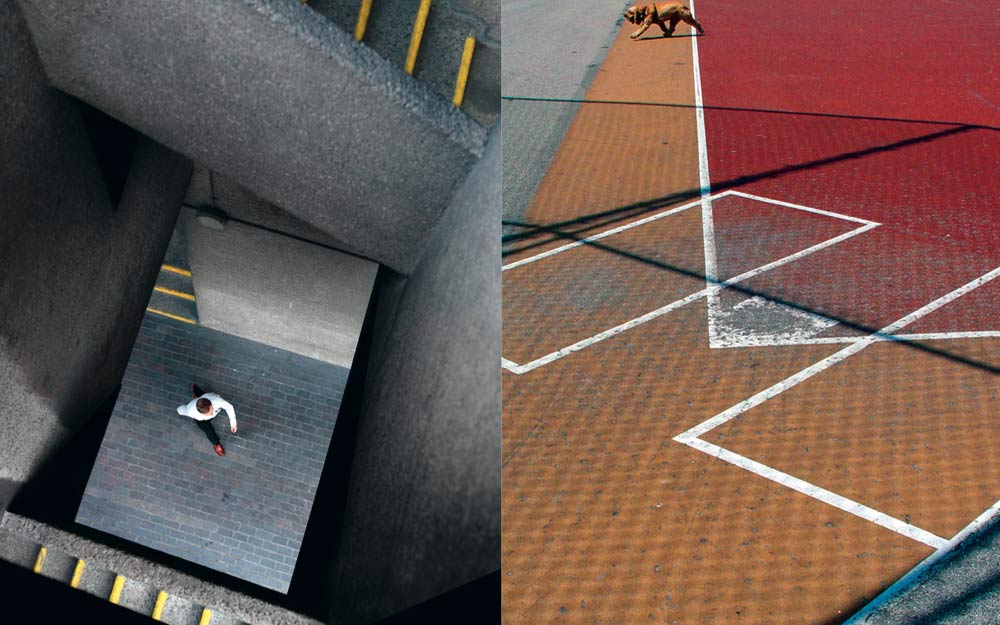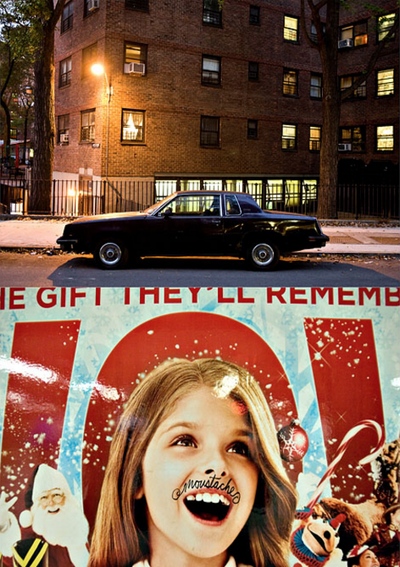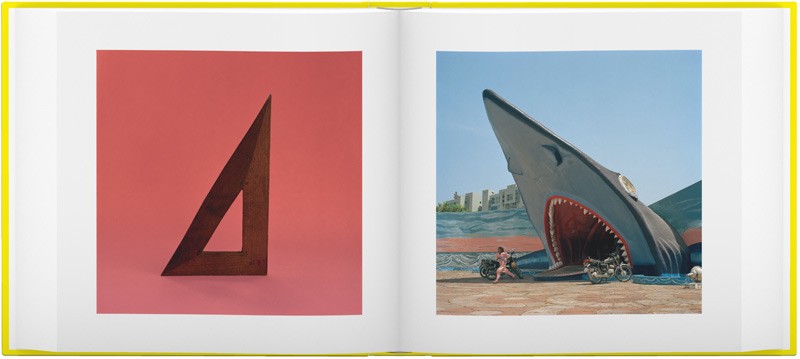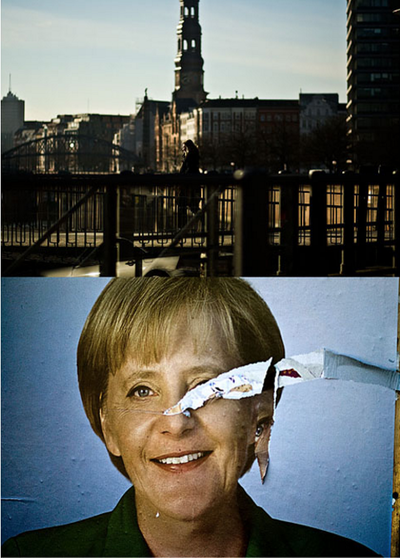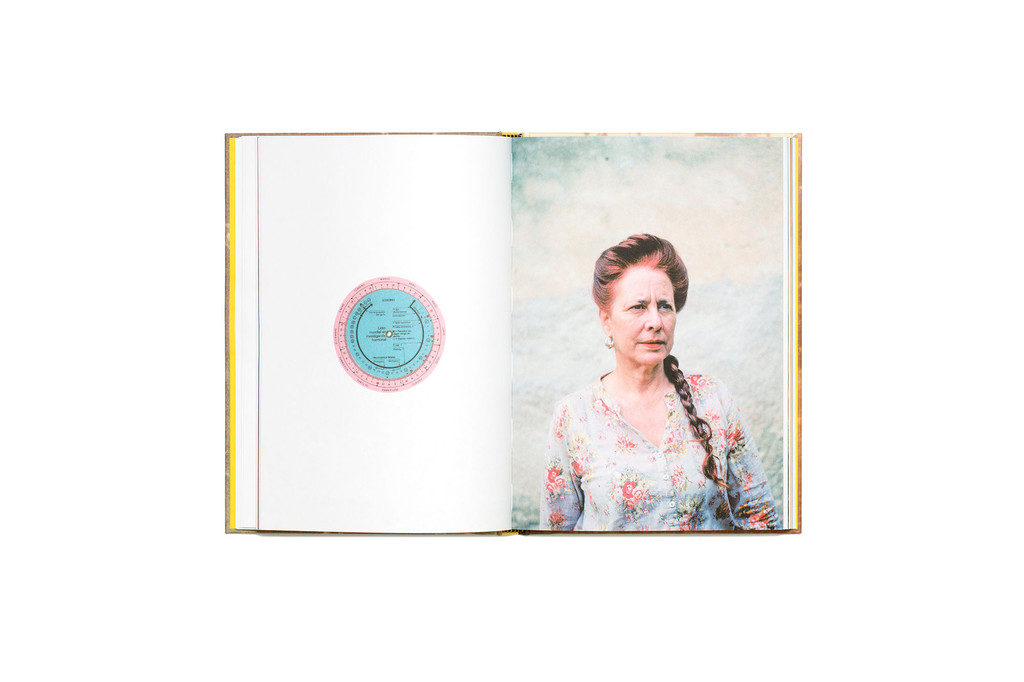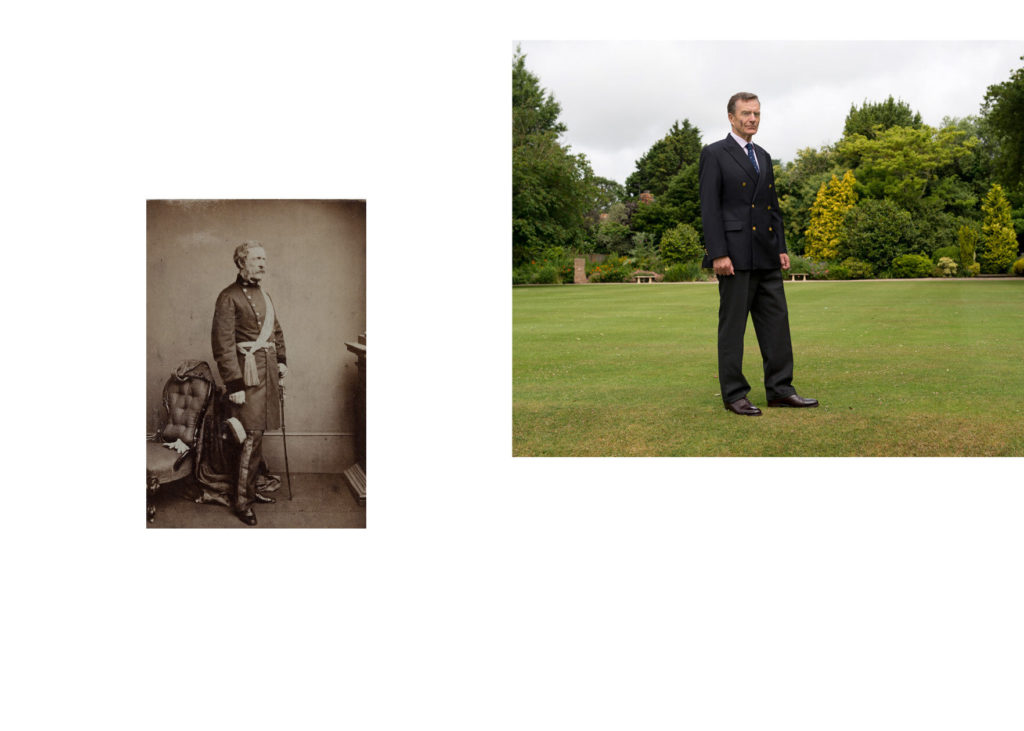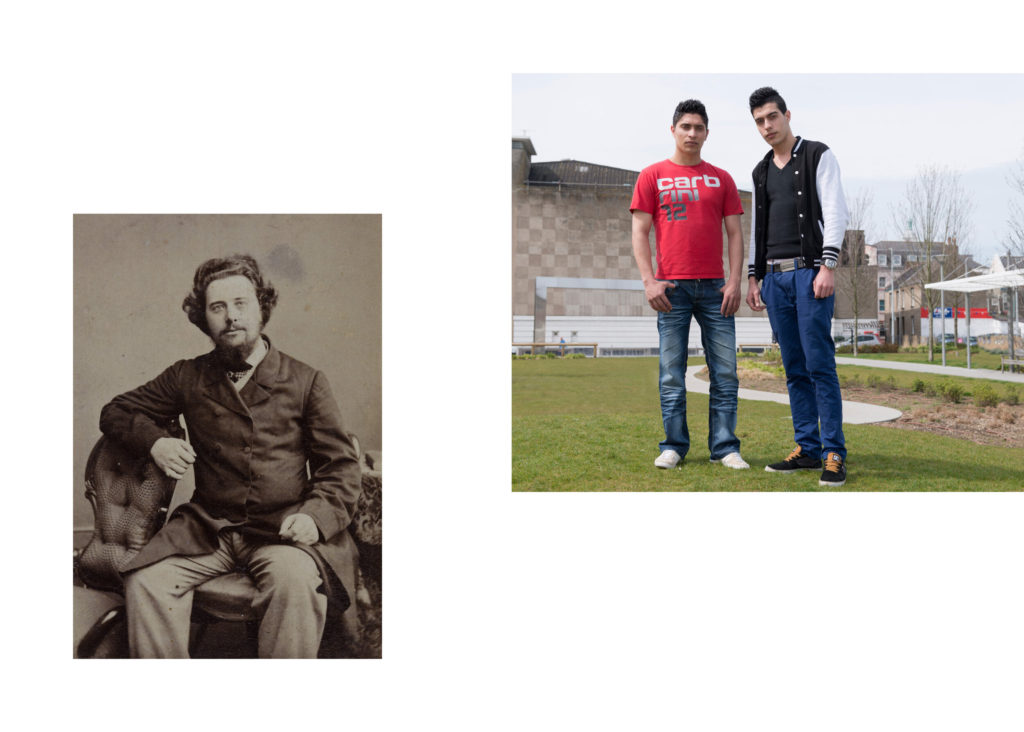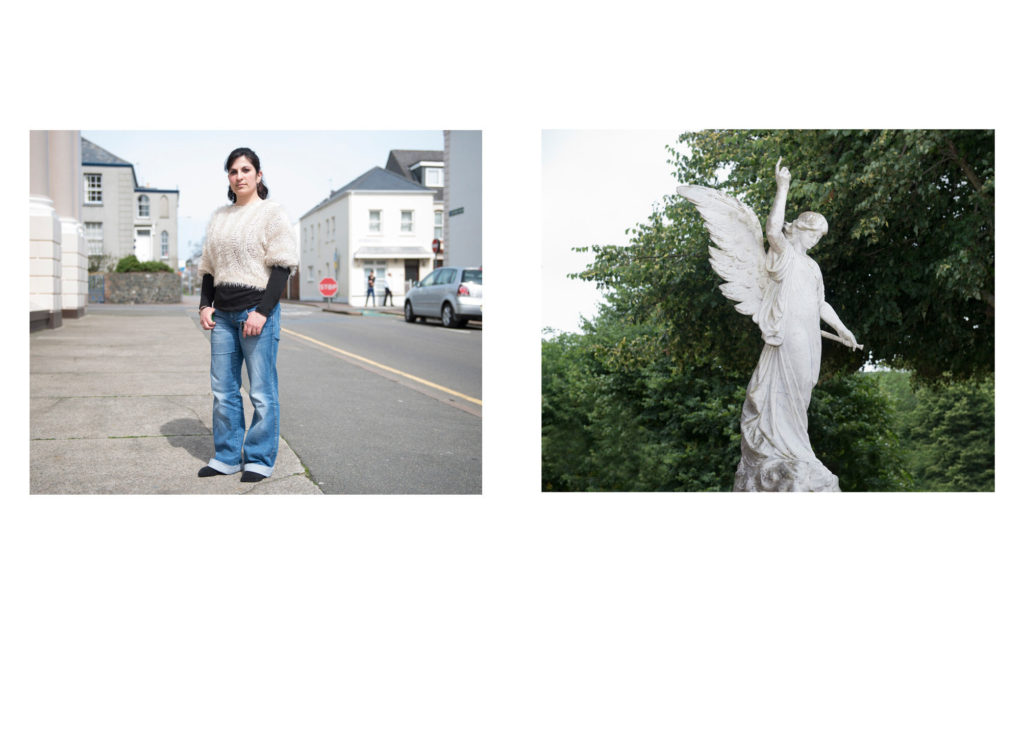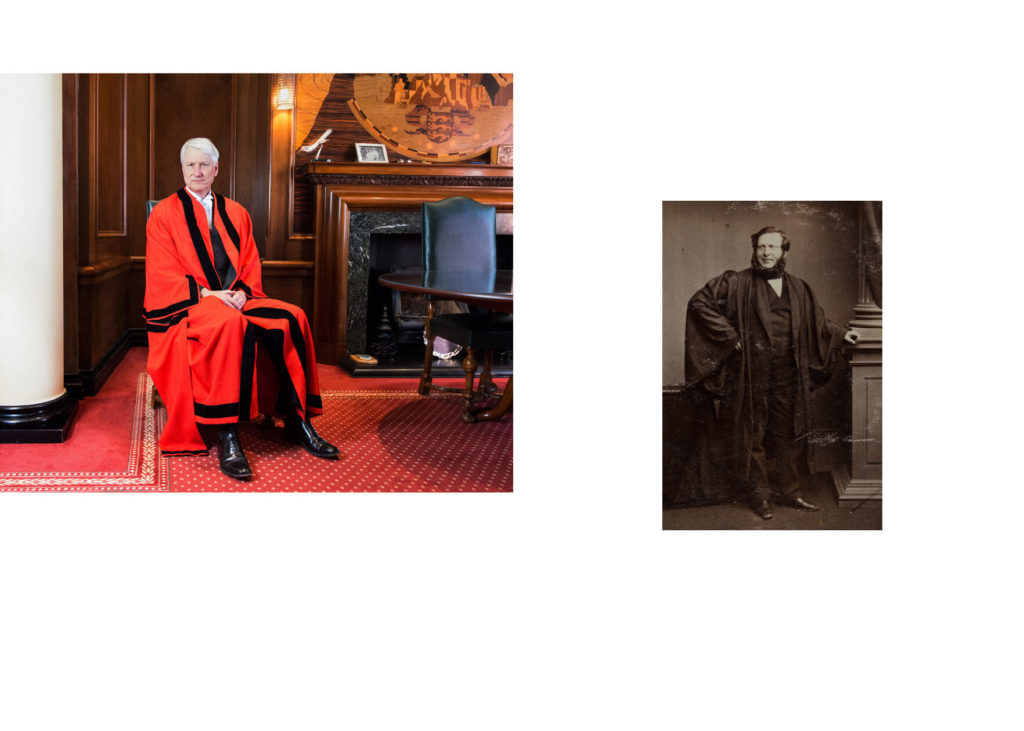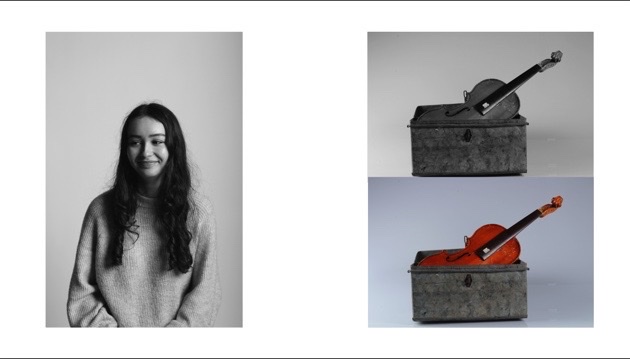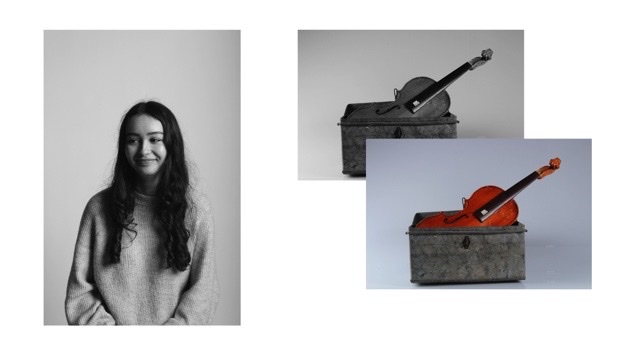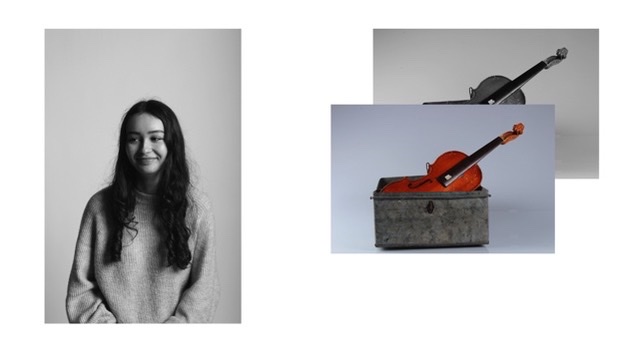Juxtaposition happens when there are two or more elements in a scene that contrast with each other. Or one element contributes towards the other to create a theme. It’s all about making the viewer wonder why the photographer chose a certain viewpoint for the picture / combination of pictures.
To create a point of juxtaposition, the picture or composition must contain at least two elements with strong visual weight. The viewer looks at both of these at the same time, coming to a conclusion about the purpose of each element.
Photographers create juxtapositions by placing two things side by side, to highlight their differences. Photographers often choose to create juxtapositions to showcase differences often in society such wealth and poverty, but also things like beauty and ugliness, or darkness and light. Furthermore, they can also be created with differences or similarities in shape, line and colour.
Michelle Sank – Editions Emile
Henry Mullins and Michelle Sank represent 165 years of the practice of photographic portraiture in Jersey. That period has seen the island undergo major social and economic changes. Through these photographers’ works, we examine those changes and the power structures that remain in place within this society. Between 1850-73, Henry Mullins made over 9000 “carte de visite” portraits of Jersey’s ruling elite and wealthy upper classes – The collection that exists of his work comes through his studio albums, in which he placed his clients in an ordered grid with reference to mid-nineteenth century social hierarchies.
Pairing his images with portraits made in 2013 by Michelle Sank as the inaugural Archisle International Photographer-in-Residence reflects upon a culturally diverse and more inclusive demographic of islanders as Jersey has evolved as a community supported primarily by an agricultural, maritime and emerging tourism economies to a contemporary international finance centre.
My Experiments
